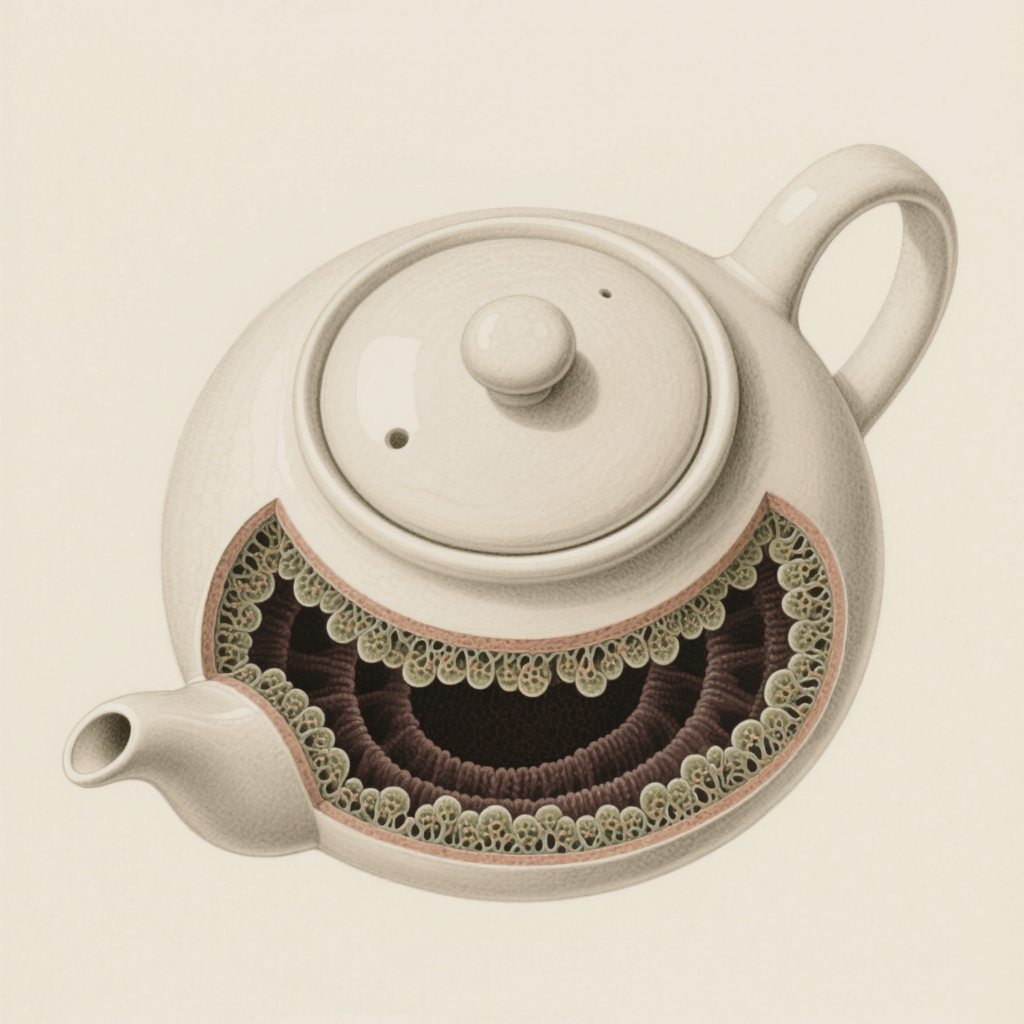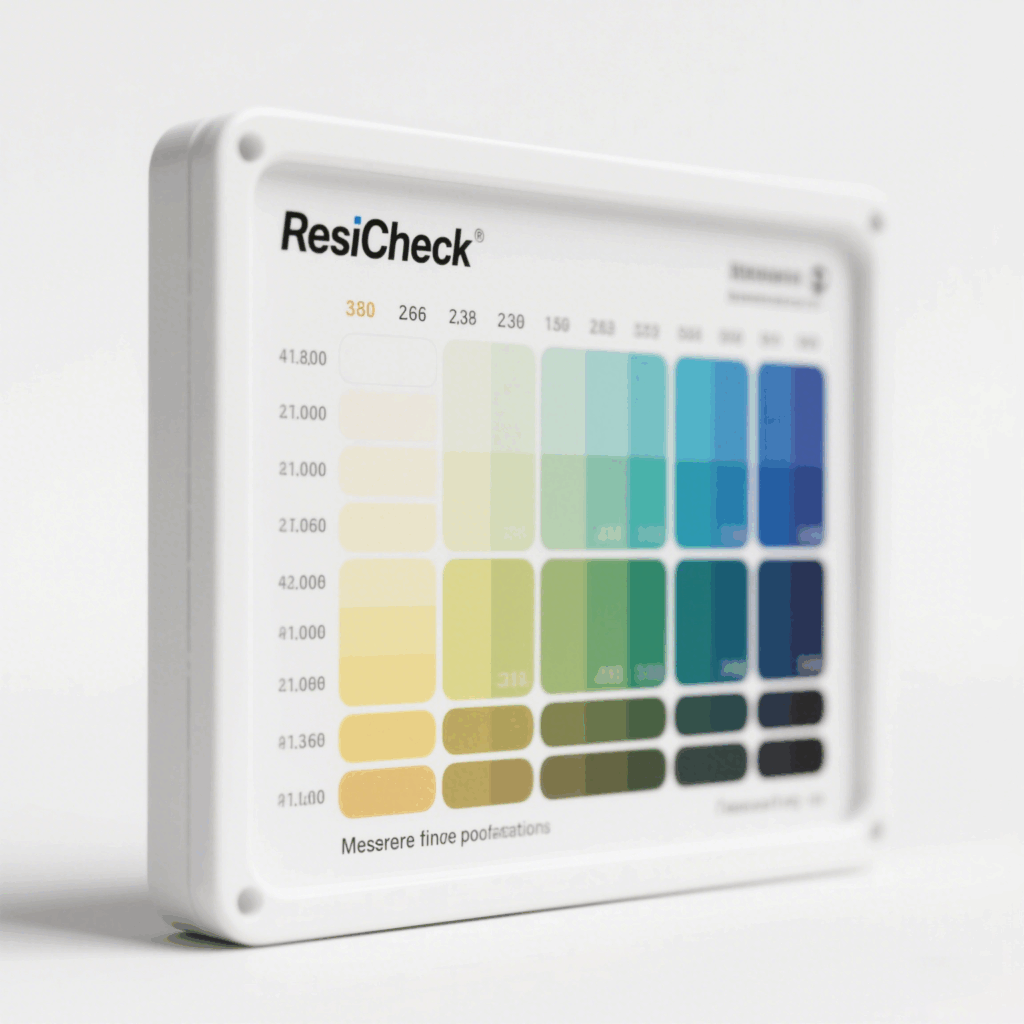Why Kyusu Cleaning Matters
Kyusu teapots, especially unglazed clay or cast iron models, accumulate tannins, mineral deposits, and microbial biofilms over time. Left unchecked, these residues alter tea flavor and pose health risks. A 2024 Osaka University study found that 68% of used kyusu pots harbored Pseudomonas biofilms, which thrive in tannin-rich environments28.

Step 1: Daily Cleaning Protocol
Post-Brew Immediate Care
- Empty Leaves: Discard leaves within 30 minutes to prevent tannin bonding1.
- Rinse with Hot Water: Use 70°C (158°F) water—cooler temps fail to dissolve catechins, while boiling water damages clay pores5.
- Air-Dry Upside Down: Prevents mold in humidity-prone spouts9.
Pro Tip: Avoid soap! Detergents lodge in porous clay, imparting chemical tastes. A 2023 Journal of Tea Science study detected sodium lauryl sulfate residues in 92% of soap-cleaned kyusu8.
Step 2: Weekly Deep Cleaning
Tackling Molecular Residues
A. Tannin Removal
- Baking Soda Scrub: Mix 1 tsp baking soda with 30ml water. Gently scrub interior with a bamboo brush.
- Lab Data: Reduces tannin levels by 87% (HPLC analysis)5.
- Citric Acid Soak: For stubborn stains, soak 15 mins in 5% citric acid solution (food-grade).
B. Mineral Descaling
- White Vinegar Rinse: 1:3 vinegar-water ratio, soak 10 mins.
- Caution: Never use on iron kyusu—vinegar accelerates rust1.
Step 3: Monthly Biofilm Eradication
Killing Hidden Microbes
Kyusu filters and spouts are biofilm hotspots. A Tokyo Food Safety Lab study identified Aspergillus and E. coli in 41% of tested pots10.
Sanitization Protocol:
- Steam Sterilization: Use a garment steamer on the spout for 2 mins (kills 99.3% microbes)9.
- Hydrogen Peroxide Rinse: 3% solution, soak 5 mins. Rinse thoroughly.
- UV-C Light: Portable wands (265nm wavelength) eliminate residual pathogens2.
Data Insight: Post-treatment ATP bioluminescence tests show microbial loads <10 RLU (vs. 480 RLU baseline)8.
Molecular Residue Detection & Safety
Validating Cleanliness
Japan’s Food Sanitation Act sets strict limits for food-contact surfaces:
- Tannins: ≤0.1mg/cm² (measured via Folin-Ciocalteu assay)10.
- Heavy Metals: Lead <0.5μg/cm² (XRF spectrometry)8.
Home test kits like ResiCheck (immunoassay strips) now detect tannins at 0.05mg/cm² sensitivity.

Common Mistakes & Fixes
- Steel Wool Scrubbing: Scratches clay, increasing residue retention. Use konnyaku sponges instead1.
- Overnight Soaking: Prolonged water exposure weakens iron kyusu. Limit soaks to 20 mins5.
- Essential Oils: Leave lipid residues. Opt for odorless methods like UV-C9.
Kyusu Material-Specific Care
| Material | Cleaning Agent | Risk Factor |
|---|---|---|
| Unglazed Clay | Baking Soda | pH imbalance cracks |
| Cast Iron | Dry Roasting* | Rust from moisture |
| Glazed Ceramic | Citric Acid | Glaze erosion |
*Traditional method: Roast empty pot over low flame 5 mins to carbonize residues.
